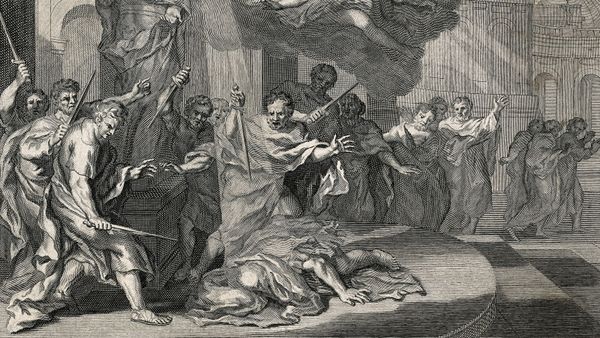Torture wasn't legal in England, but James made a special exception for Fawkes' questioning. Fawkes held up for two days, submitting himself to excruciating pain, before confessing and naming his co-plotters. When he signed the confession, his signature was crudely formed, suggesting that the torture had left him little control over his limbs and digits.
Fawkes was sentenced to a traitor's death, meaning that he'd be hanged, drawn and quartered (dragged by a horse to the gallows, hanged almost to the point of death, then taken down to have his testicles, bowels and head removed, his body effectively being cut into four quarters). Fawkes wasn't having it. At the gallows, he leaped to the ground and broke his neck. As for the rest of the crew, they were also executed on Jan. 30 and 31, 1606.
Nothing really changed for the Catholics. They kept carrying on quietly, and some historians suspect they'd have been worse off if the Gunpowder Plotters had succeeded. Catholic extremists only made their fellow countrymen more suspicious of the religion and its adherents.
As for those fellow countrymen, they're still celebrating the king's spared life. Every year on Nov. 5, the date when the Gunpowder Plot was foiled, the British light bonfires and raucously cheer on the health of the nation. The celebration, interchangeably called Guy Fawkes Day, Guy Fawkes Night and Bonfire Night is no longer anti-Catholic. While people used to burn effigies of Fawkes and the pope, it's more common now to burn effigies of celebrities and politicians. Fawkes lives on as a near-mythic figure. He's come to symbolize anti-authority movements and indubitably takes top billing in the Gunpowder Plot story, despite his role as a supporting cast member.



